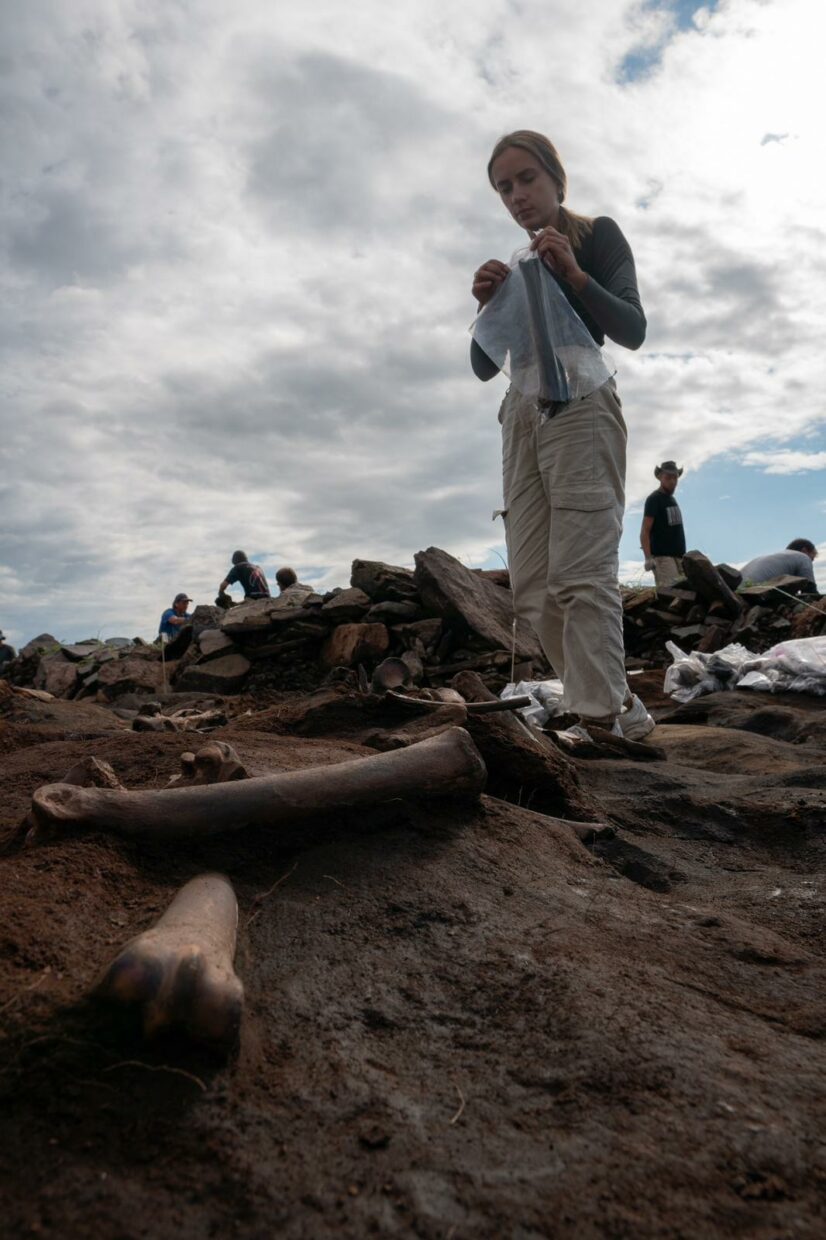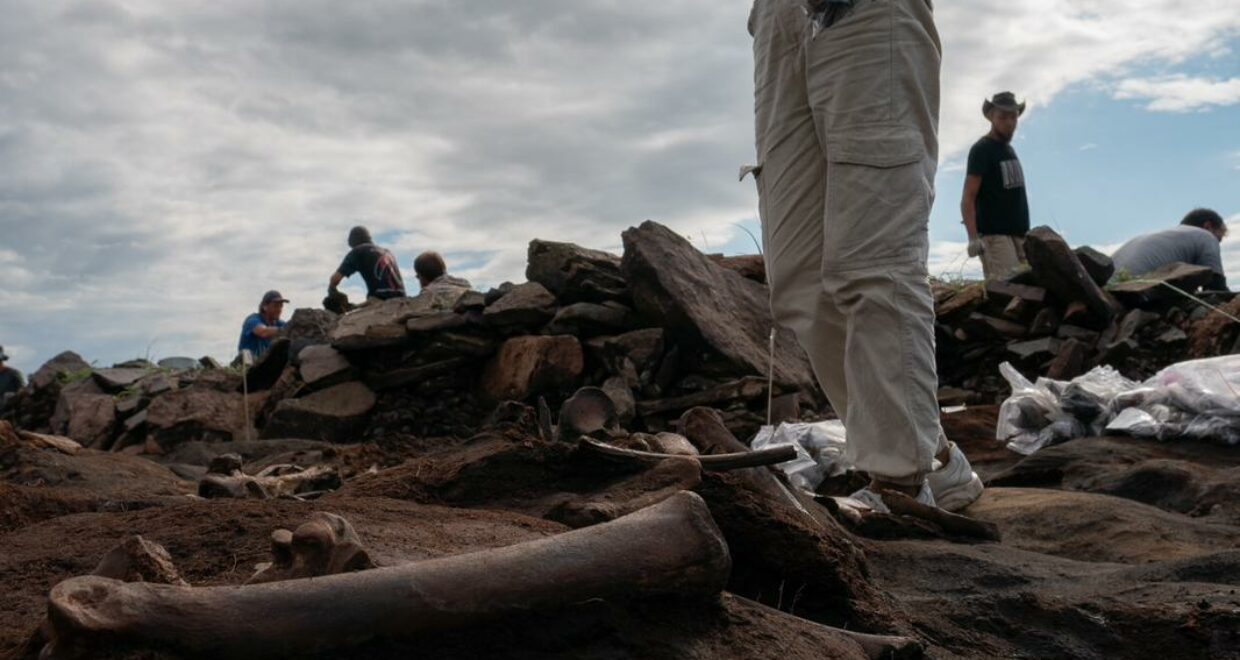Bad Taxidermy and Scattered Human Bones – A Ritual from the Iron Age Steppes
Horses played an indispensable role in the world of the Iron Age steppe, influencing everyday life, warfare, and ceremonial practices. Comprising a flamboyant art style and a unique way of life including horseback archery, Scythian material culture has long intrigued archaeologists. However, its origins have remained hidden deep in the eastern steppes of Eurasia. The Scythians were renowned for their horse-riding abilities, which allowed them to traverse and dominate vast territories across Eurasia. The discovery of ritual remains from the royal tomb at Tunnug 1 provides a window into how horses were not only vital for transport but also deeply embedded in the cultural and spiritual life.

Tunnug 1 is one of the earliest royal tombs where the “Scythian triad” was found – a combination of cultural items including horse gear, weapons, and animal-style decorations that later became widespread across the Eurasian steppe. One of the most striking aspects of early Scythian funerary practices is the ritual sacrifice of horses. A recent study shows that the burial mound Tunnug 1, dated to the late 9th century BC, contained the remains of at least 18 horses alongside scattered human remains. The arrangement of the bones mirrors descriptions of Scythian royal burials provided by the Greek historian Herodotus, where horse sacrifices accompanied elite funerals. The ritual is gruesome and best described by the Historian himself:
They take the most trusted of the rest of the king’s servants […] and strangle fifty of these and fifty of their best horses and empty and clean the bellies of them all, fill them with chaff, and sew them up again. Then they fasten half of a wheel to two posts, the hollow upward, and the other half to another pair of posts, until many posts thus prepared are planted in the ground, and, after driving thick stakes lengthways through the horses’ bodies to their necks, they place the horses up on the wheels so that the wheel in front supports the horse’s forequarters and the wheel behind takes the weight of the belly by the hindquarters, and the forelegs and hindlegs hang free; and putting bridles and bits in the horses’ mouths, they stretch the bridles to the front and fasten them with pegs. Then they take each one of the fifty strangled young men and mount him on the horse; their way of doing it is to drive an upright stake through each body passing up alongside the spine to the neck leaving enough of the stake projecting below to be fixed in a hole made in the other stake, which passes through the horse. So having set horsemen of this fashion around the tomb, they ride away.
The Tunnug 1 tomb reveals that horses were likely killed on site and deposited atop the mound. This practice resonates with similar sacrificial traditions observed in Mongolia’s early horse culture, where partial horse remains were buried near stone mounds. The parallels between the horse cultures of Mongolia and the early Scythian material culture of southern Siberia allow us to better understand the transition from the Late Bronze Age to the Early Iron Age when Scythian material culture spread across the steppes from the Altai to the northern Black Sea region.
As more archaeological discoveries are made, we continue to unravel the complex web of cultural exchange that shaped the ancient steppe world.
Read the associated research article here: A spectral cavalcade: Early Iron Age horse sacrifice at a royal tomb in southern Siberia by Gino Caspari





